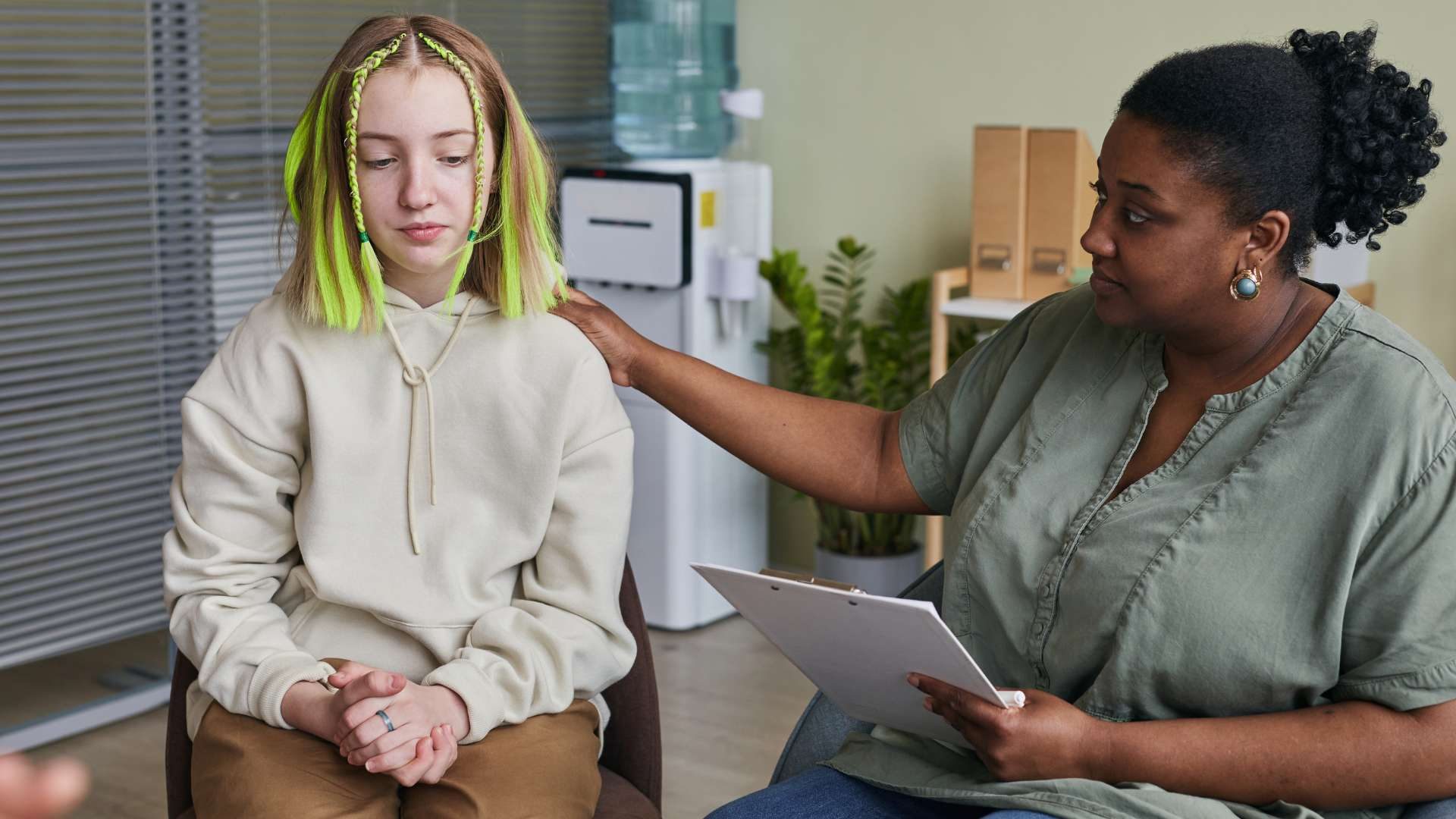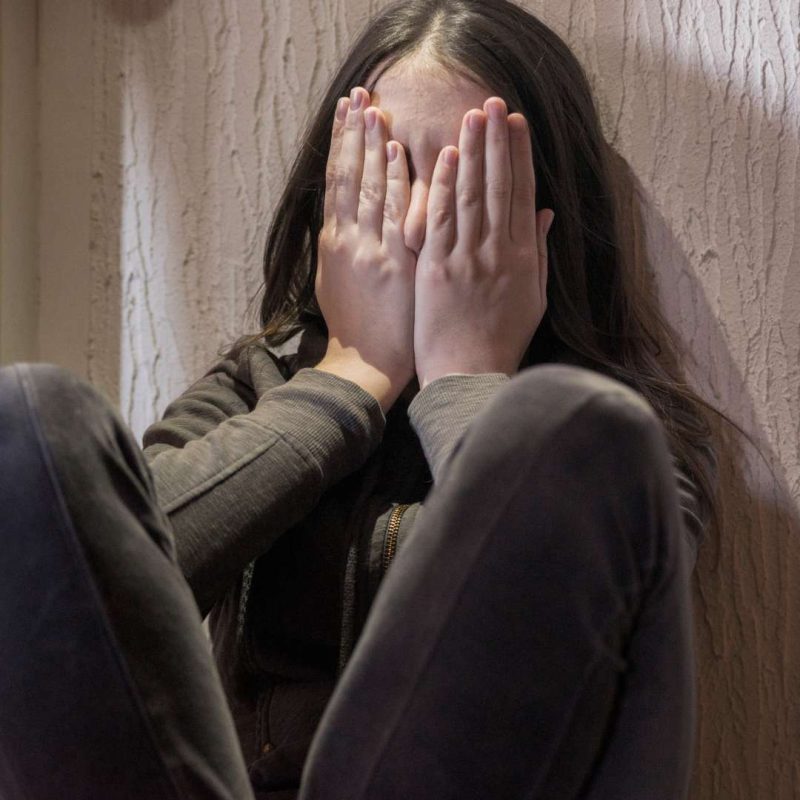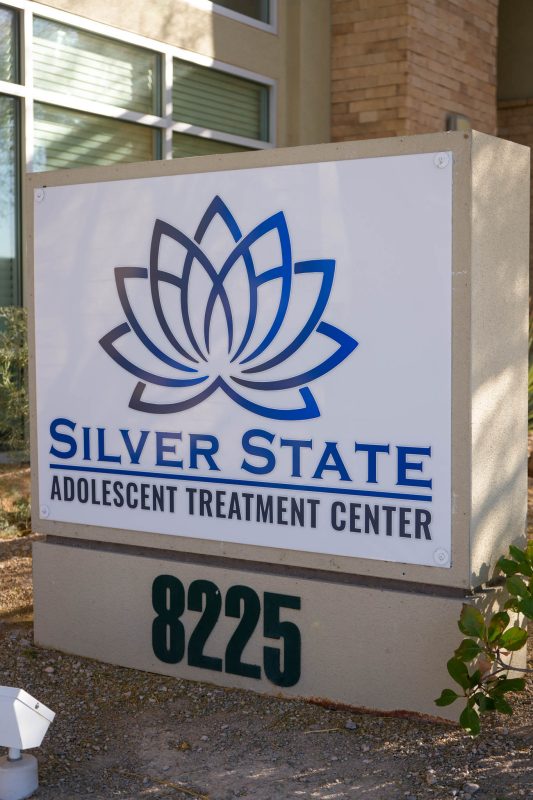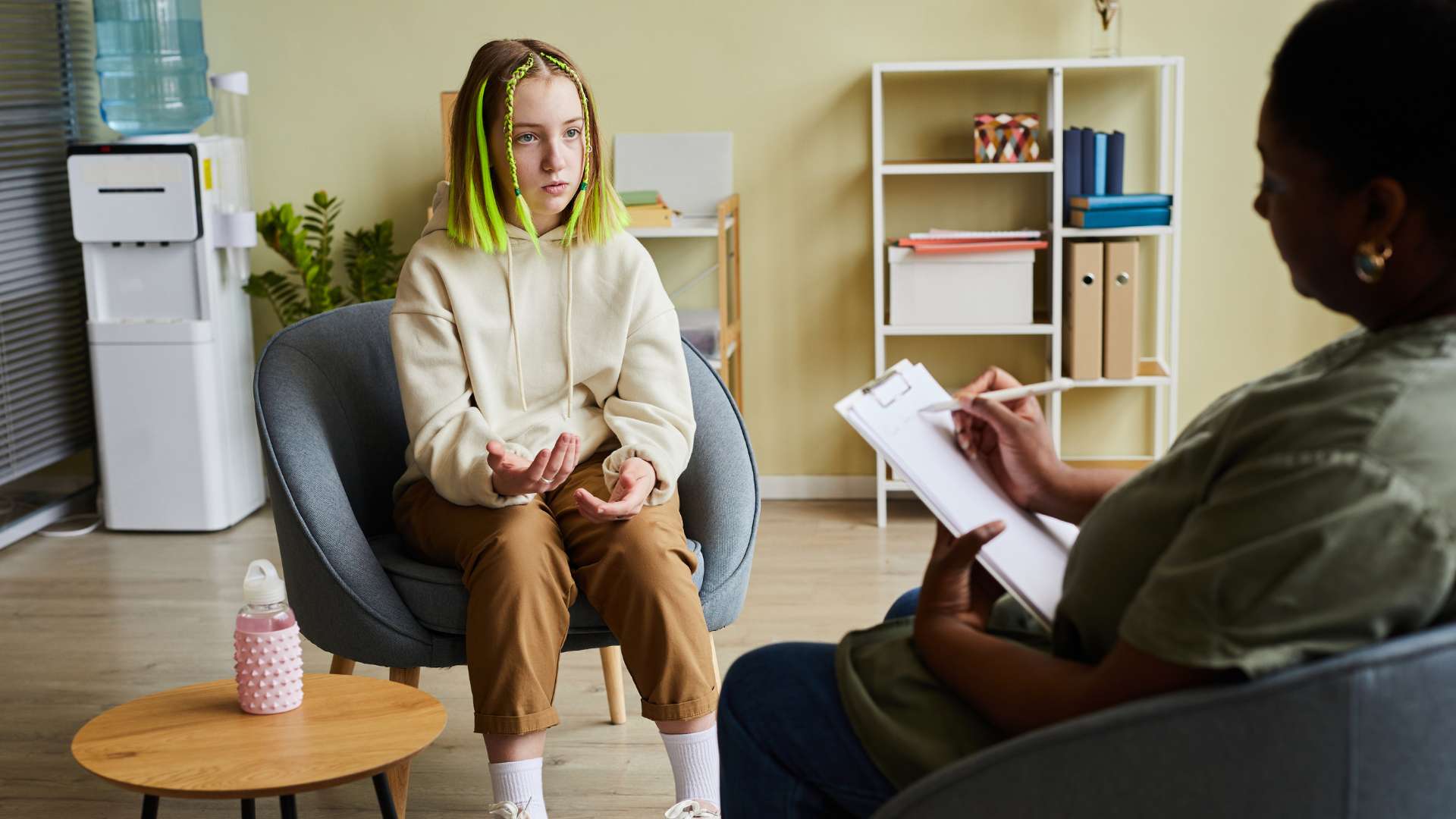Teen Disruptive Mood Dysregulation Disorder (DMDD) Residential Treatment Program
What We Do

Behavioral Therapy

Occupational Therapy

Social Skills Training
Disruptive Mood Dysregulation Disorder (DMDD) Treatment Program for Teens
DMDD is a mood disorder marked by chronic irritability and frequent temper outbursts that go beyond normal teenage frustration. These outbursts are often intense, unpredictable, and impair a teen’s ability to function at home, school, or with peers.
At Silver State Adolescent Treatment, we offer a residential program designed to help teens with DMDD regain emotional control, learn healthier ways to express frustration, and rebuild trust in relationships. Our structured environment provides a safe space where teens can slow down, reflect, and begin to develop more stable emotional responses.
Using evidence-based therapy, trauma-informed care, and consistent routines, we guide teens toward greater emotional insight, helping them reduce explosive reactions and create lasting change in how they respond to stress and disappointment.


What is Disruptive Mood Dysregulation Disorder (DMDD)?
DMDD is a mental health condition characterized by intense mood swings, irritability, and frequent verbal or physical outbursts. These episodes often appear out of proportion to the situation and happen multiple times per week, sometimes daily.
DMDD is more than just being moody. Teens with this disorder may struggle to recover after emotional setbacks, experience chronic anger, or have trouble managing frustration. These symptoms often overlap with other conditions like ADHD, anxiety, or depression.
At Silver State, our team works to understand each teen’s emotional landscape. We focus on treating both the surface behavior and the deeper emotional pain or neurological factors contributing to their dysregulation.
Signs and Symptoms of Disruptive Mood Dysregulation Disorder (DMDD) in Teens
DMDD can significantly impact a teen’s quality of life, relationships, and self-esteem. Without proper intervention, mood instability may worsen over time and lead to social isolation or academic failure.
Common symptoms include:
Intense, repeated temper outbursts (verbal or physical)
Ongoing irritability or anger between episodes
Difficulty managing frustration or disappointment
Overreaction to seemingly minor triggers
Trouble maintaining friendships or school functioning
Co-occurring anxiety, depression, or ADHD
If your teen shows these symptoms consistently over time, professional treatment may be essential to help them manage emotions more effectively.


Why Individualized Plans Matter for Teens with DMDD
Teens with DMDD often face challenges that require more than standard therapeutic approaches. That’s why we develop personalized treatment plans that account for each teen’s emotional history, behavioral patterns, and learning style.
Our team works together to build a plan that includes behavioral therapy, psychiatric support, family involvement, and structure. We take a holistic approach that treats the teen—not just the symptoms.
We also involve parents and caregivers at every stage. When families understand how to support their teen and apply consistent strategies at home, the progress made in treatment has a much greater chance of lasting.
The Silver State Adolescent Approach
Teens come to Silver State Adolescent’s teen programs because they’ve experienced one or more mental health issues, such as anxiety, depression, PTSD, eating disorders, self-harm, or substance abuse. Our expertise, attentiveness, and compassionate care provide adolescents with a supportive, nurturing environment. This safe space allows teens to explore trauma, emotional pain, destructive patterns, and other challenges impacting their lives, helping them find a strong foundation to grow and thrive.
Every one of our clients is part of a family system. When one person is struggling, the whole family is affected, so our treatment approach also incorporates family counseling. We focus on healing and support for the entire family. We guide families toward healthy communication and connection patterns through innovative models such as Attachment-Based Family Therapy, DBT, CBT, and experiential and somatic therapies. By creating a safe space for the entire family, we help modify unhealthy dynamics.
The Silver State Adolescent treatment team identifies and addresses the underlying causes and conditions leading to destructive behaviors. This unparalleled level of care drives our success. In fact, 85 percent of clients who successfully complete treatment at Silver State Adolescent do not require additional residential placement. Our adolescent treatment program is among the best in the field.
Contact Silver State Adolescent Treatment
Please fill out the form to get started and someone from our admissions team will be reaching out to you shortly.

Teen Mental Health Disorders We Treat
FAQs About Teen Disruptive Mood Dysregulation Disorder (DMDD) Residential Treatment
DMDD involves intense, daily irritability and verbal or physical outbursts that far exceed normal reactions.
DMDD is typically diagnosed between ages 6 and 17, with symptoms starting before age 10.
No. DMDD is a distinct diagnosis. While both involve mood issues, DMDD does not include manic episodes.
Some do improve with time and treatment, but early intervention leads to better outcomes.
Frequent temper outbursts, persistent anger, irritability, difficulty functioning in school or relationships.
Through a combination of therapy (CBT, DBT, trauma-informed care), family support, emotional regulation training, and medication management.
Yes. Teens learn coping tools to manage anger, frustration, and mood instability.
Yes. We provide an on-site accredited academic program to maintain educational progress.
Yes. We offer weekly family sessions and parent coaching.
Not always. Many improve significantly with early, consistent treatment.
DMDD behaviors are not voluntary; they reflect poor emotional regulation and intense distress.
We’re experienced in helping resistant teens engage in care at their own pace.
Get Started
At Silver State Adolescent Treatment, we understand how important your questions and concerns are. For immediate assistance or detailed inquiries, please fill out our contact form so our team can respond quickly.
Our compassionate staff is here to provide personalized support tailored to your teen’s needs.
You can also reach us directly using the contact information below. Together, we’ll take the first steps toward your teen’s mental health and recovery.














